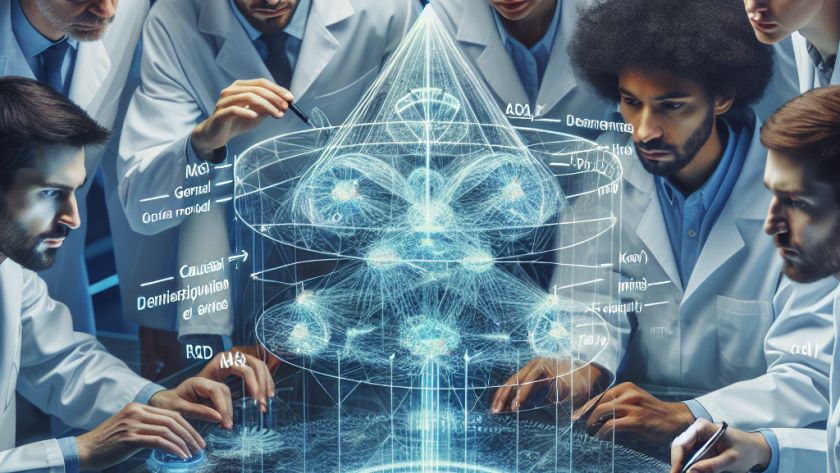Researchers from the Massachusetts Institute of Technology's (MIT) Computer Science and Artificial Intelligence Laboratory (CSAIL) have developed an algorithm to mitigate the risks associated with using neural networks in robots. The complexity of neural network applications, while offering greater capability, also makes them unpredictable. Current safety and stability verification techniques, called Lyapunov functions, do not…











